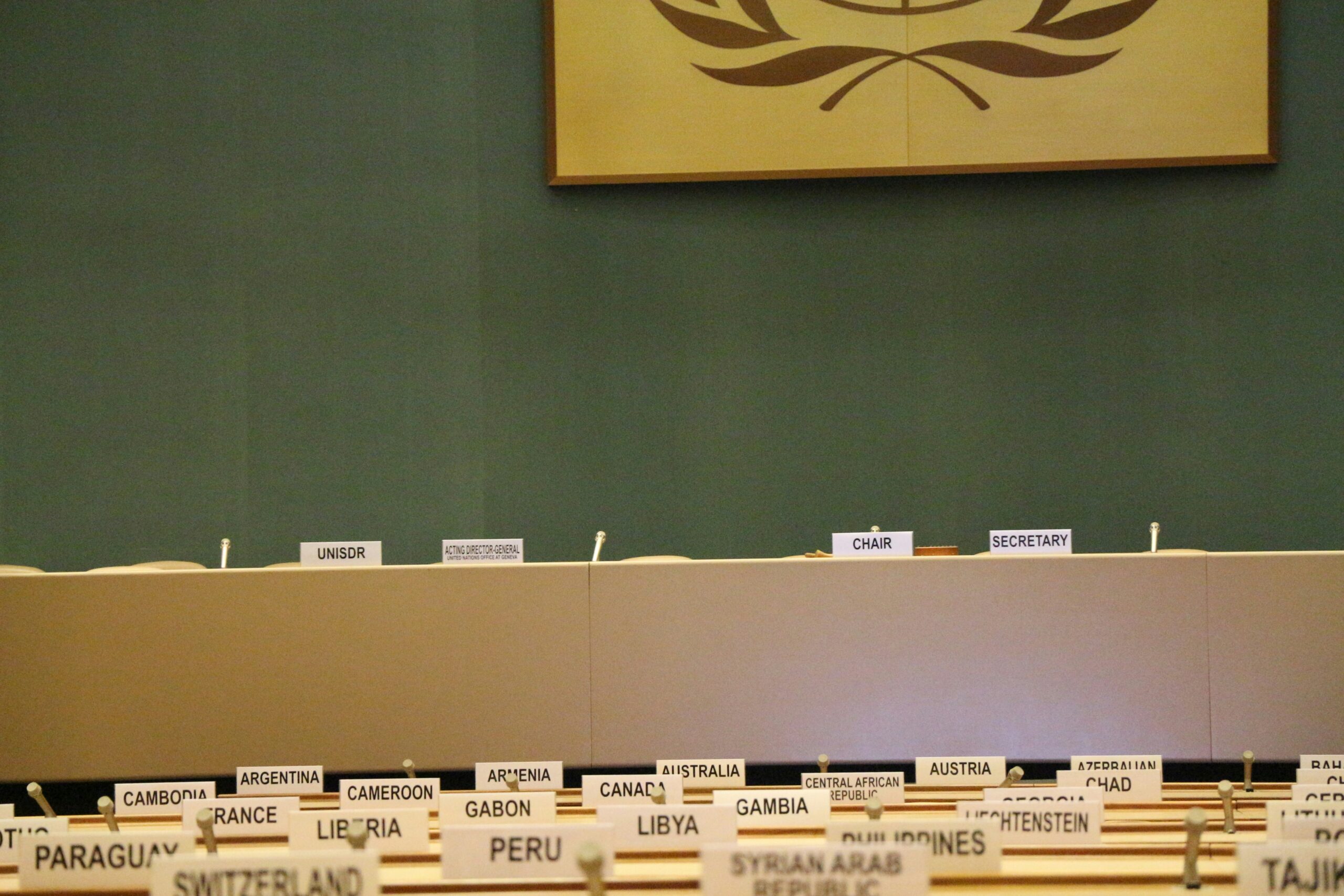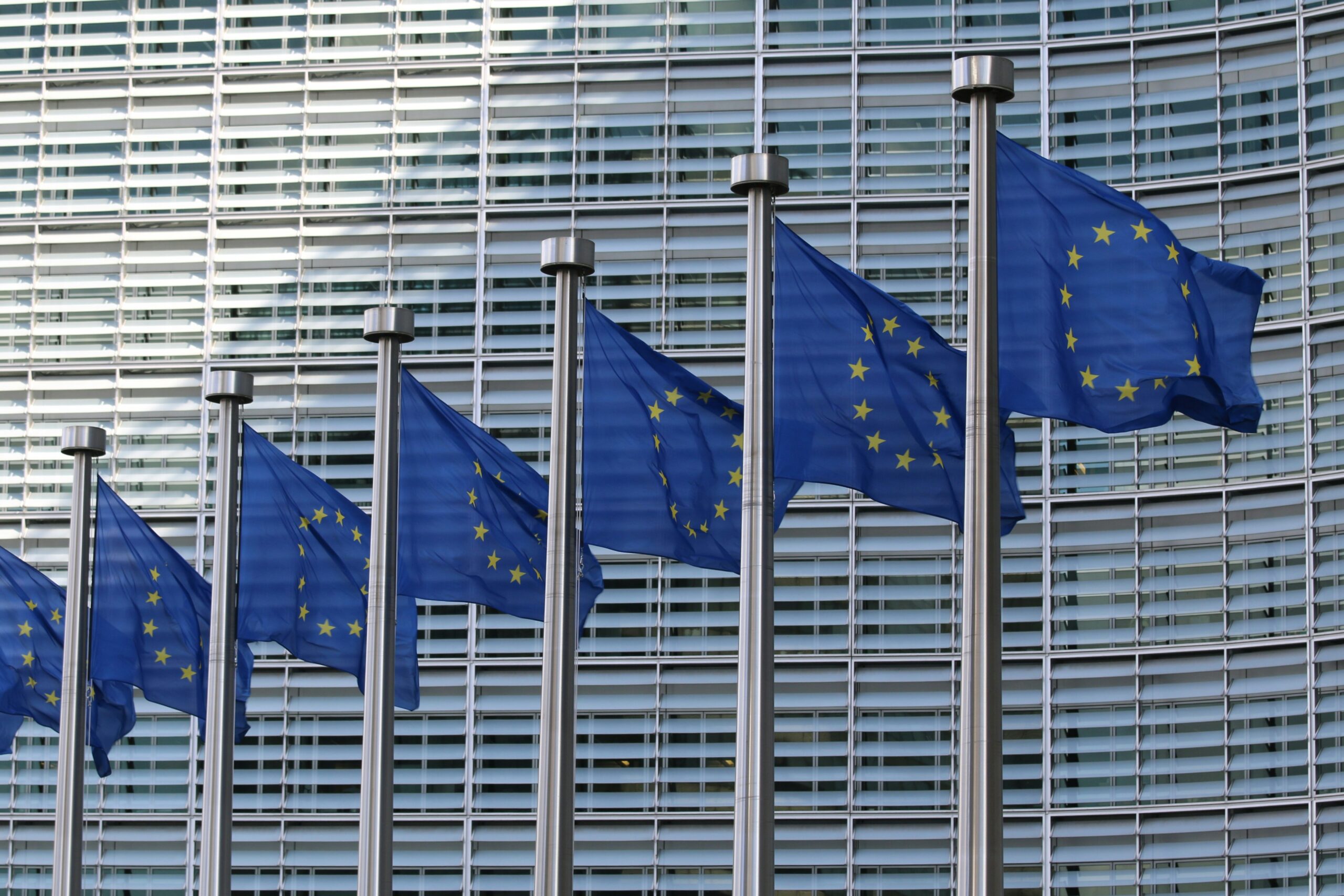Somalia, located in the Horn of Africa, is bordered by Ethiopia to the west, Djibouti to the northwest, the Gulf of Aden to the north, the Indian Ocean to the east, and Kenya to the southwest. This strategic location has significantly influenced its history and relationships with its neighbors.
Historical Context
Somalia’s history is deeply intertwined with its neighbors due to shared ethnic groups, colonial legacies, and geopolitical interests. Historically, the region was a center of commerce with ties stretching across the Red Sea and Indian Ocean. In the colonial era, Somalia was divided between British and Italian powers, while Ethiopia and Kenya were under British rule. This division created borders that often cut across ethnic lines, particularly affecting the Somali ethnic group.
Post-independence, Somalia’s attempt to unify all Somali-inhabited areas led to conflicts with Ethiopia and Kenya, particularly over the Ogaden region in Ethiopia. The Ogaden War (1977-1978) between Somalia and Ethiopia was a significant conflict resulting from these tensions.
In the late 20th century, Somalia descended into civil war, which had far-reaching consequences for the entire region. The conflict spilled over into neighboring countries, exacerbating existing tensions and creating refugee crises. It also provided opportunities for external actors to exert influence, further complicating the situation.
Demographics
Somalia has a population of approximately 15 million people, predominantly ethnic Somalis who share a common language (Somali) and religion (Islam). This homogeneity is unique in Africa and contrasts with its neighbors, which are more ethnically diverse. Ethiopia, for example, has over 80 ethnic groups, while Kenya has around 40.
However, it is important to note that the Somali population is not homogenous, and there are different clans and subclans with their own interests and affiliations. Understanding these dynamics is essential for comprehending the complexities of political cooperation in the region.
Political Cooperation
In recent decades, political cooperation in the Horn of Africa has seen both progress and setbacks. The Intergovernmental Authority on Development (IGAD), which includes Somalia, Ethiopia, Kenya, Djibouti, Sudan, Uganda, and South Sudan, was established to promote regional cooperation and economic integration.
Somalia’s long-standing state of conflict and instability has often required diplomatic and military interventions by its neighbors, particularly Ethiopia and Kenya, who have interests in maintaining regional stability. These interventions have been part of larger efforts under the African Union and United Nations mandates.
Political cooperation between Somalia and its neighbors has been marked by a mix of collaboration and conflict. On one hand, there have been efforts to address shared challenges such as terrorism, piracy, and regional stability. The African Union Mission in Somalia (AMISOM), for example, has been instrumental in supporting Somalia’s government and combating extremist groups.
On the other hand, historical and geopolitical factors have also led to tensions and disputes. The border issues between Ethiopia and Somalia, for instance, have been a source of contention. Additionally, competition for resources, such as water and grazing land, has at times strained relations between pastoral communities along the borders.
In recent years, there have been positive developments in political cooperation, with increased dialogue and collaboration between Somalia and its neighbors. Efforts to promote regional integration and economic cooperation have the potential to further strengthen ties and contribute to stability in the region.
Current Issues
Despite historical conflicts, recent years have seen improved relations between Somalia and its neighbors, driven by mutual interests in combating terrorism and managing refugee movements. Somalia’s fight against the militant group Al-Shabaab has seen cooperation with Ethiopian and Kenyan forces, although this has sometimes been strained by sovereignty issues.
Economically, there are initiatives to improve trade and infrastructure connectivity between Somalia and its neighbors, including plans for major highway projects linking Somalia with Ethiopia and Kenya. These projects are seen as vital for enhancing economic development and regional stability.
Conclusion
The history and demographics of Somalia and its relationships with its neighbors are complex and marked by both conflict and cooperation. While historical grievances have often overshadowed interactions, the current trajectory towards cooperation offers hope for a more stable regional framework. As these countries navigate their shared challenges, their intertwined futures underscore the importance of diplomatic engagement and regional integration.


